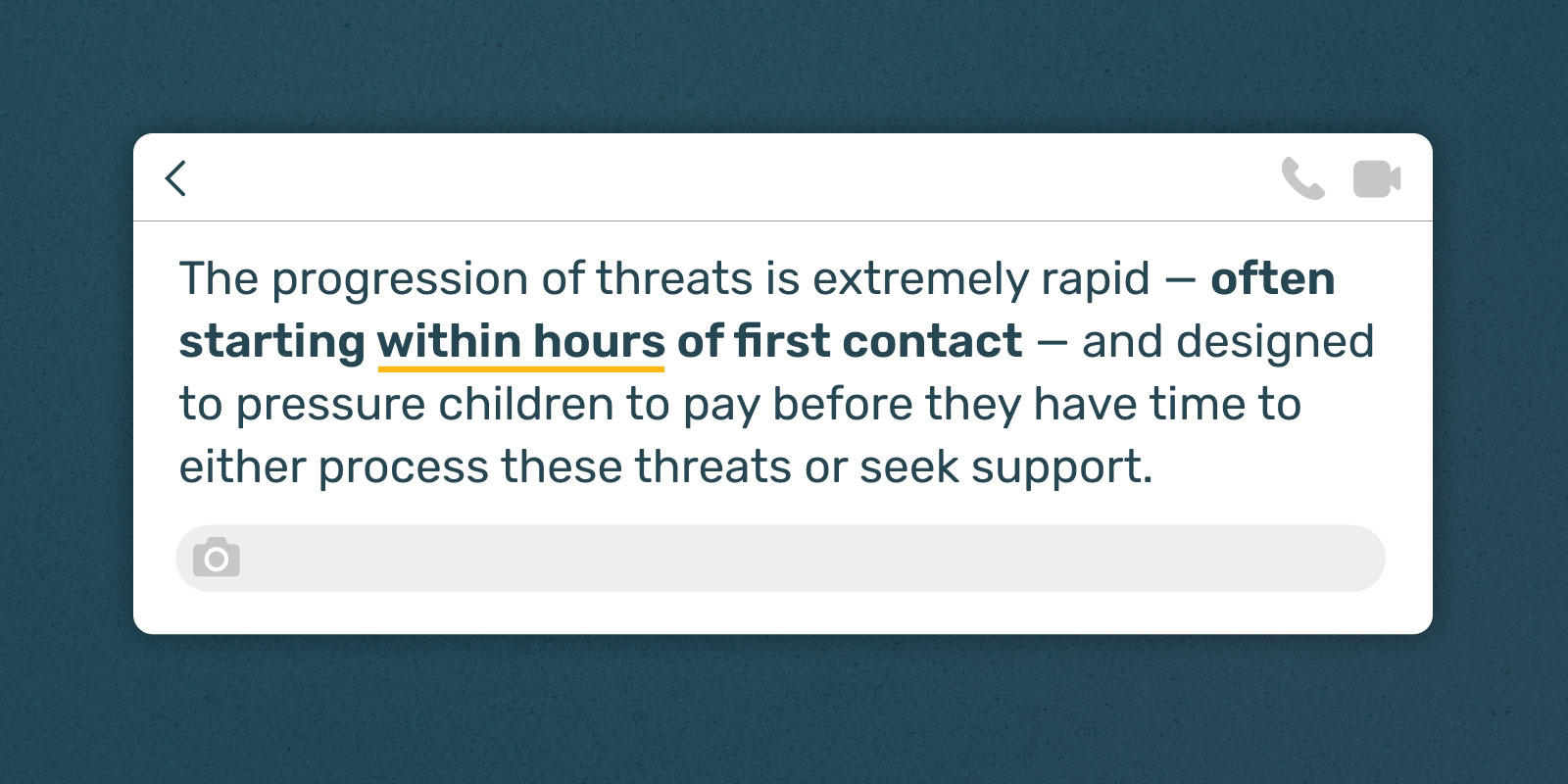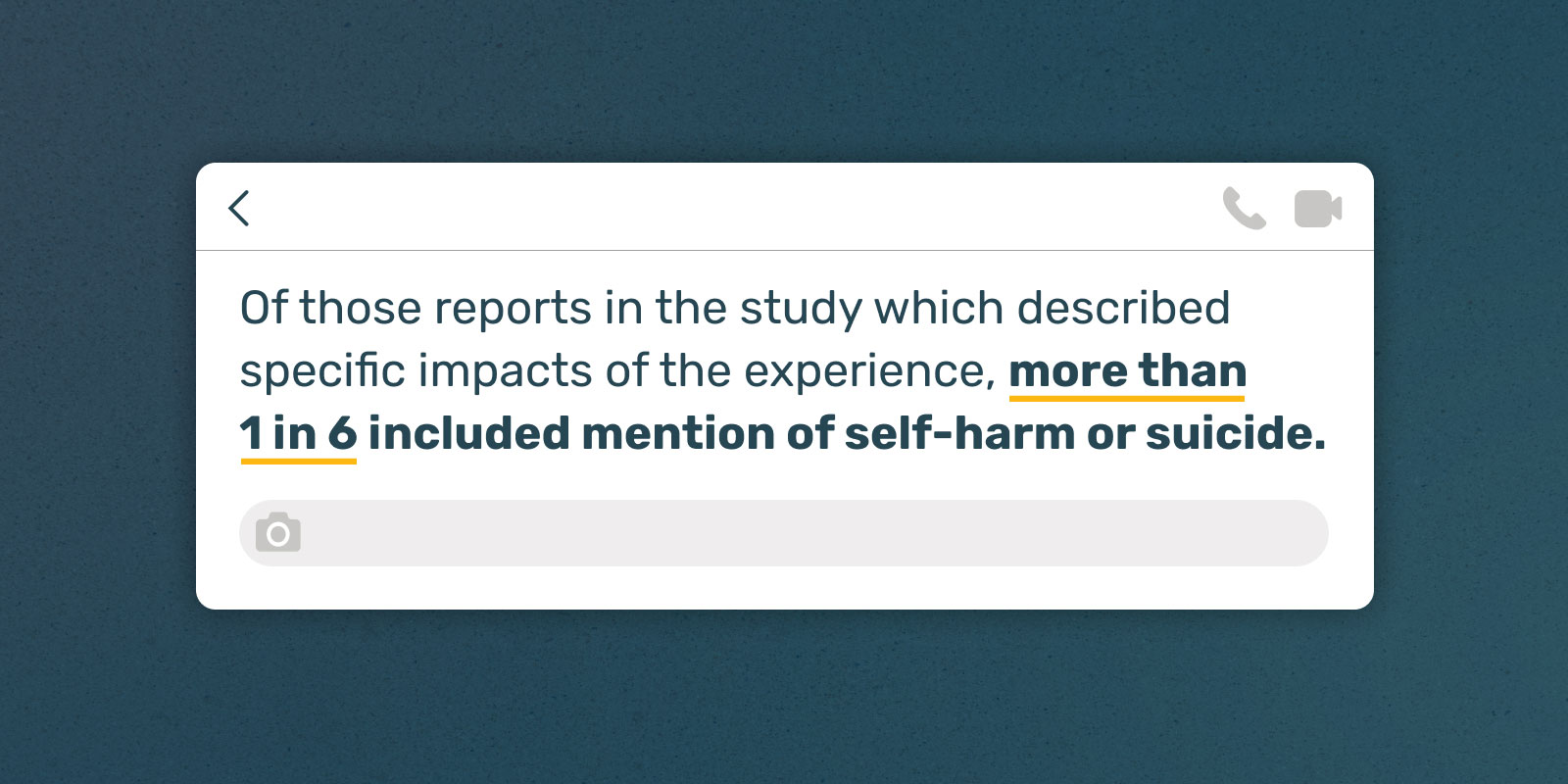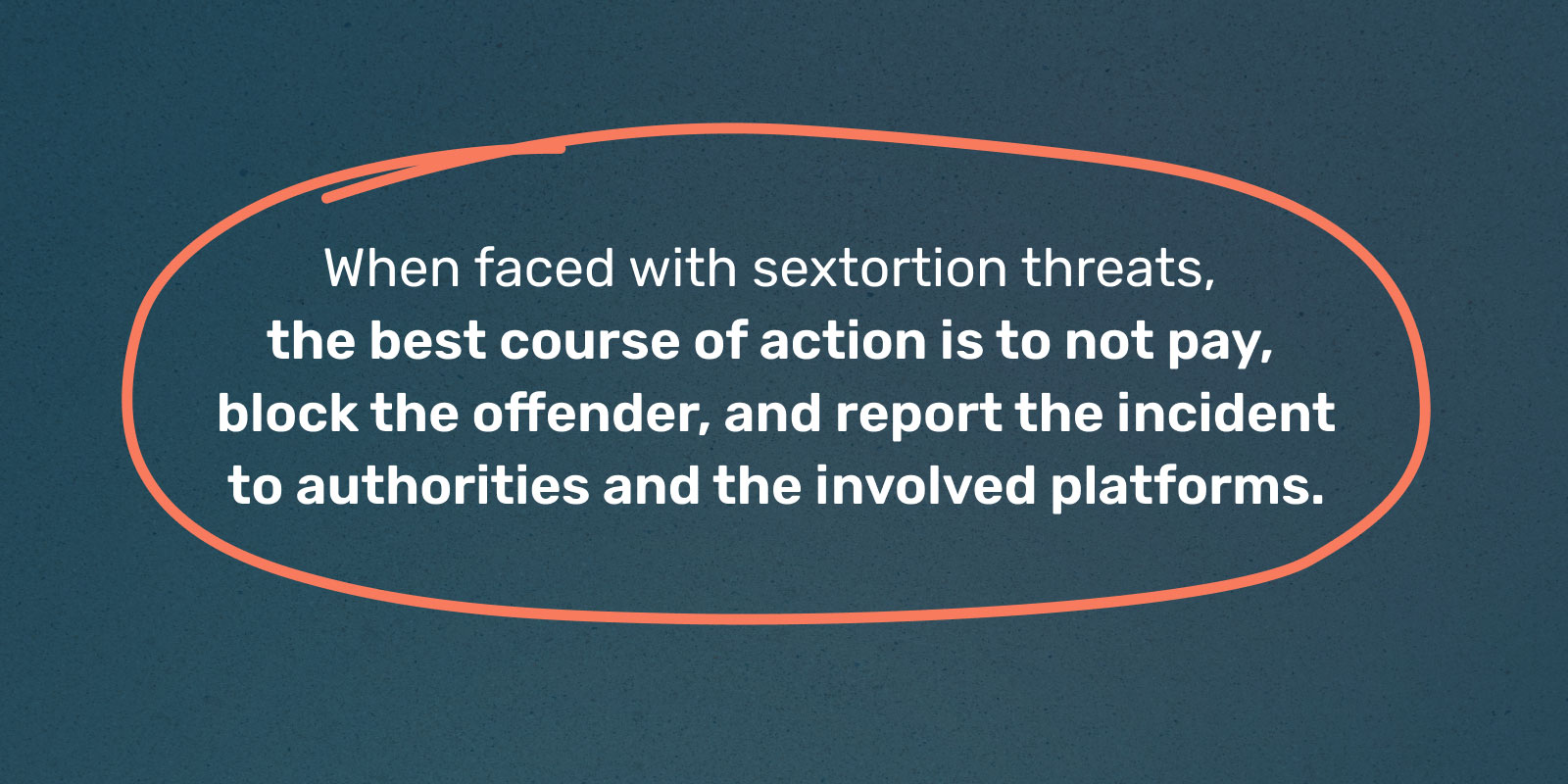
Financial sextortion is on the rise. Here’s what we know.
The headlines are gut-wrenching. Young boys, targeted online by perpetrators in disguise, are being manipulated to produce sexual imagery only to be immediately exploited for monetary gain under the pressure of severe social shaming. Some have not survived the experience.
Stories like James’, have gained national attention and Thorn has new evidence that this kind of exploitation is occurring at an alarming rate and continues to gain momentum. It’s called financial sextortion – a devastating form of exploitation leveraging sexual imagery for monetary gain – and it’s deeply concerning for all children growing up in the digital age.
Our groundbreaking study, “Trends in Financial Sextortion: An investigation of sextortion reports in NCMEC CyberTipline data,” conducted in collaboration with the National Center for Missing & Exploited Children (NCMEC), shows that financial sextortion is sharply on the rise, and is a tactic that is primarily used on unsuspecting teenage boys.
Financial sextortion is on the rise: Here’s what we know.
Our latest research indicates a worrying trend: 812 reports of sextortion are received by NCMEC weekly, with more than two-thirds involving financial demands.
We also learned from the study that the majority of victims are boys aged 14 to 17 who are often encouraged to share sexual images after receiving intimate imagery from the perpetrator. While many reported deceitful tactics like “catfishing”, some also reported being threatened with account hacking and the use of generative AI technologies to create or threaten to create photorealistic explicit imagery. These findings underscore the critical need for awareness and protective measures for our youth that address the full range of possible tactics perpetrators might employ to sextort a youth, including the increasing threat of generative AI.
The High Stakes Transactional Nature of Financial Sextortion
Historically, sextortion cases often demanded more images or personal favors. But, as our research shows, the increase in financial exploitation—especially against teenage boys—indicates a significant change.
Frequently, the progression of threats is extremely rapid—often starting within hours of first contact—and designed to pressure children to pay before they have time to either process these threats or seek support. This highlights the urgency for open discussions about online safety with children, proactively countering these tactics that try to convince victims their lives will be ruined if they do not comply with the demands, and for effective safety measures on platforms that empower victims to get support quickly.

Real kids are in danger.
Financial sextortion happens every single day across the web. Its effects are devastating to the kids who find themselves in unimaginably difficult situations. The emotional and psychological toll on these young victims can lead to severe consequences, including withdrawal from social activities, depression, and even self-harm.
Sextortion can be a high-stress situation for young people, who may fear reporting the incident or seeking help. Of those reports in the study which described specific impacts of the experience, more than 1 in 6 included mention of self-harm or suicide.

As we’ve read about in the news and other examples, like this one we shared recently on our blog, we’ve all begun to see how sextortion can spiral out of control, leaving young individuals feeling trapped and helpless.
How should parents and kids prepare for this threat?
Understanding the severe implications of financial sextortion is crucial–especially for parents and other caretakers, who can serve as the first line of defense in protecting children and helping them take control of online safety.
When faced with sextortion threats, parents and kids alike should know that the best course of action is to not pay, block the offender, and report the incident to authorities and the involved platforms.

Thorn’s research underscores the need for platforms to enhance their detection and reporting mechanisms to better understand and track financial sextortion, and for parents and guardians to discuss the risks with their children and create safe spaces where children don’t fear seeking help.
Thorn offers several resources for doing so, including Thorn for Parents, which helps parents and caregivers facilitate earlier, more frequent, and judgment-free conversations with kids about digital safety. Thorn’s NoFiltr program encourages healthy and informed conversations directly among youth, equipping young people with the knowledge to recognize and navigate potentially risky online experiences.
For more information about sextortion–including what it is, why it occurs, and what to do if you or someone you know is facing this threat–visit Thorn’s blog series and stopsextortion.org.
In addition, if you or someone you know is worried about intimate images of them as a minor being online, NCMEC’s Take It Down service can help have those images removed.
If you or someone you know is in crisis, the 988 Lifeline provides 24/7, free and confidential support for people in distress, prevention and crisis resources for you or your loved ones.
Read the full report, “Trends in Financial Sextortion: An investigation of sextortion reports in NCMEC CyberTipline data,” and its key findings at our Thorn Research Center.
(Click infographic to enlarge)
Share this Image On Your Site
Please include attribution to thorn.org with this image.
